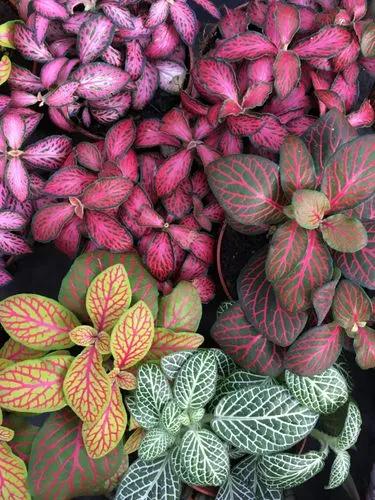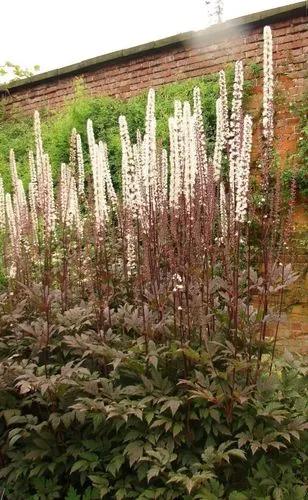Acer campbellii is a moderately cold-hardy plant, able to tolerate temperatures down to around -15°c when dormant[200 Plants generally only succeed outdoors in the warmer regions of the temperate zone, and most forms do not tolerate temperatures down to -15°c other than for short periods. There are forms, however, that are more cold-tolerant[11 Acer species are generally of easy cultivation, growing best in full sun or light, dappled shade and succeeding in most well-drained but moisture-retentive soils Responds well to coppicing The plant is andromonoecious, producing both male flowers and hermaphrodite flowers
Mixed Maple Care
Acer Campbellii



Seed - best sown as soon as it is ripe in a cold frame, it usually germinates in the following spring. Pre-soak stored seed for 24 hours and then stratify for 2 - 4 months at 1 - 8°c. It can be slow to germinate. The seed can be harvested 'green' (when it has fully developed but before it has dried and produced any germination inhibitors) and sown immediately. It should germinate in late winter. If the seed is harvested too soon it will produce very weak plants or no plants at all . When large enough to handle, prick the seedlings out into individual pots and grow them on until they are 20cm or more tall before planting them out in their permanent positions. Layering, which takes about 12 months, is successful with most species in this genus. Cuttings of young shoots in early summer . The cuttings should have 2 - 3 pairs of leaves, plus one pair of buds at the base. Remove a very thin slice of bark at the base of the cutting, rooting is improved if a rooting hormone is used. The rooted cuttings must show new growth during the summer before being potted up otherwise they are unlikely to survive the winter.
How to Care for the Plant

Popularity

12 people already have this plant 3 people have added this plant to their wishlists
Discover more plants with the list below
Popular articles






